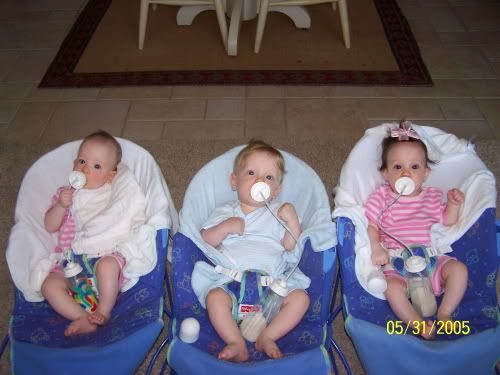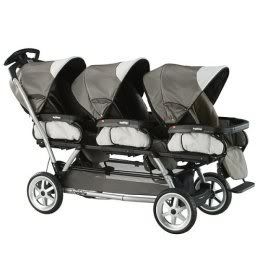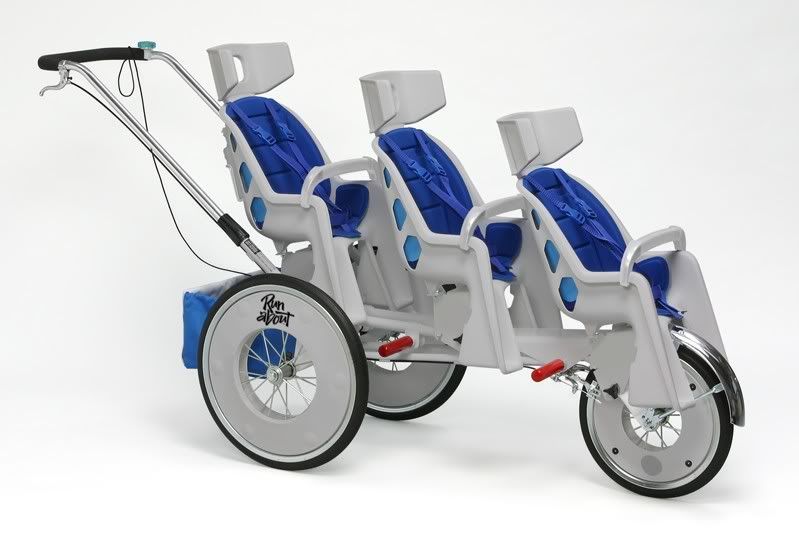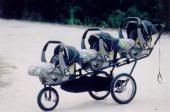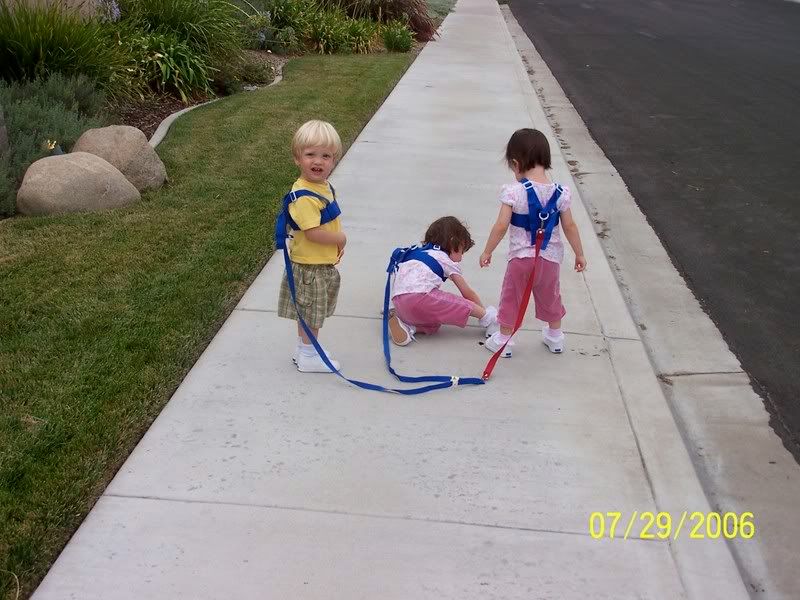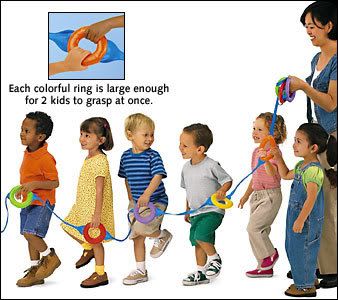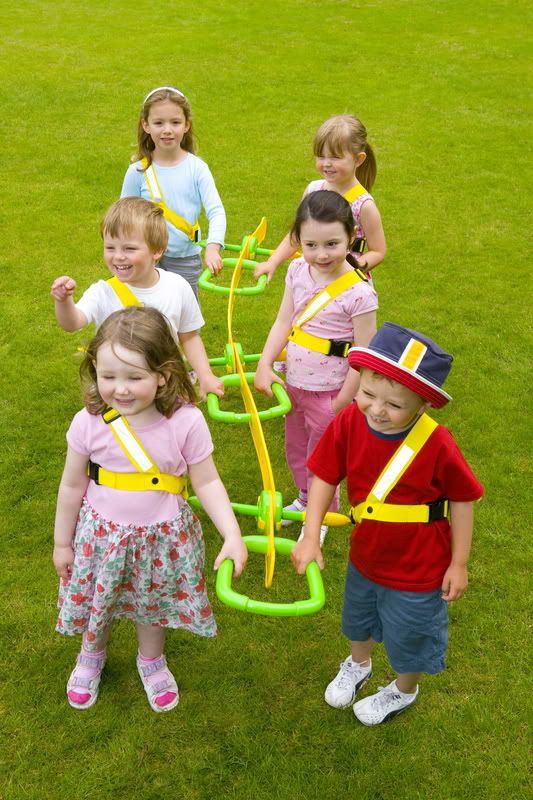Preface: I recently emailed this story to Debbie Halverson - our resident professional published author/triplet mom. She suggested I post this story to our blog - but I do not have the writing skills of Debbie - no where close! So please know, that Debbie has taken my story and put it in her words - and it is so wonderfully written now for all of us! Hope you all enjoy.
It’s a doctor’s job to tell the risks of carrying multiples. It’s a support group’s role to share tips about raising them. It’s a mom’s joy to share stories about the special bond they share. Today it’s my turn...
It’s a doctor’s job to tell the risks of carrying multiples. It’s a support group’s role to share tips about raising them. It’s a mom’s joy to share stories about the special bond they share. Today it’s my turn...
Last night my daughter, one of three-year-old GBB triplets, woke me up by pacing the upstairs hallway, sobbing. She was repeating, “I can’t find my brothers. They are not in their cribs.” This startled me, as it seemed extremely improbable that the boys weren’t in their cribs. I ran upstairs and picked her up. “Sweetie, your brothers are sleeping. Let’s go peek in their cribs.” I brought her back into her bedroom and raised the dimmer switch a bit so she could see her brothers – they were both there. I hugged her and told her she must have had a bad dream. I was tucking her back into bed when she whispered in my ear, “Mom – don’t ever let my brothers go away, OK?” My heart just melted.
My daughter’s bad dream may have upset her, but in my mind it speaks volumes about the unique bond she shares with her triplet brothers. And even as she slipped back into dreamland, hopefully to happy adventures with ponies and princesses and ice cream cones galore, I tiptoed back downstairs to my own special dream—of my children forever enjoying a connection so deep that it shapes their relationships, their lives, their very dreams.
What are your favorite stories about the special bond multiples share?
Jessica
Mom to Tate (5), Brit, Tucker and Mallory (We will be 3 on December 14!)


